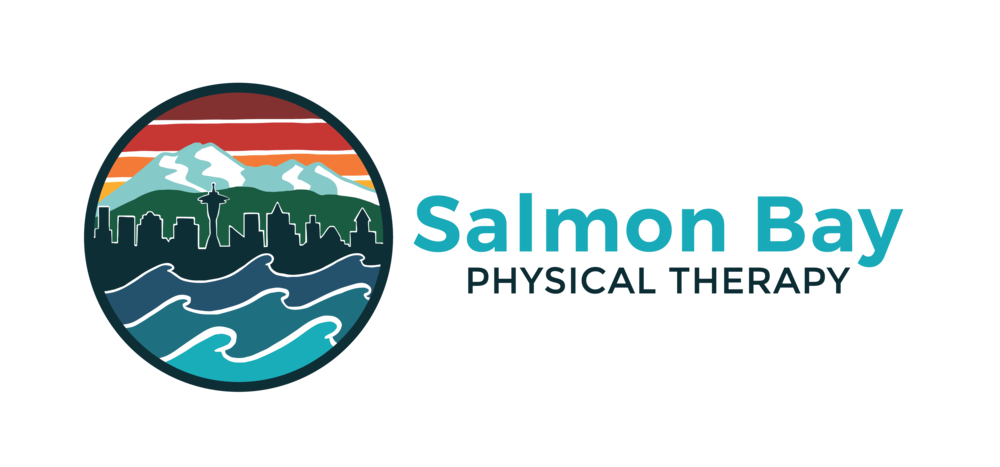Meditation is an effective way of cleansing the cluttered mind. Time and again, we all must have come across the importance of including meditation in our daily lives, but somehow it finds a way of slipping out of our to-do lists. Let's go through the benefits of meditation and learn how to get started before making it a part of our regular self-care routine.
BENEFITS:
Increased self-awareness
Increased concentration and attention span
Streamlined thoughts, thus helping in getting a better perspective in problem solving
Increased productivity
Increased patience and tolerance
Meditation has also been found to aid in the management of the following conditions and more
Chronic Pain
Anxiety
Insomnia
Hypertension
Irritable Bowel Syndrome
Depression
Cardiovascular Diseases
Asthma
Cancer
Headaches
Pregnancy and postpartum period
It should be noted that meditation is not a standalone treatment for managing the conditions listed above. Rather, meditation can play an effective role as a part of the overall management program for a variety of chronic conditions. From a neuromuscular perspective, meditation can improve breathing patterns, which can help in allowing the core to function more effectively. A strong core is the foundation of most daily and recreational activities, so addressing your core has the potential to improve quality of life.
GETTING STARTED
Finding a quiet and comfortable place is the first requirement. Try to keep all external distractions, including the phone, away before starting the process. Initially, it may be more difficult than you expect to convince your body and mind to sit still in one place, trying to focus all of your attention on one thing. Start with 5 minutes of meditation, once per day and gradually increase the duration to 15 minutes of meditation or more, per your preference. It may take a couple of weeks for the mind to learn the process of focusing on yourself or barring all the negative thoughts so try to stick with it.
There are several forms of meditation out there to choose from. Here are a few:
Mindfulness. This is a big umbrella, covering a lot of sub-types of meditation involving the same purpose of being present in the moment. It can be as simple as being aware about one's breathing. To begin, try counting each breath, as this a great method for assessing one's breathing pattern. Remember to not breathe too rapidly (hyperventilate).
Transcedental / Mantra Meditation. This involves repeating a calming word or phrase while focusing deeply on the sound and ignoring every other (distracting) thought.
Body Scan Meditation. Begin with choosing a comfortable position. Going from distal to proximal (or toes up towards the head), attempt to feel every segment of the body relax. This involves bringing awareness to the entire body, one segment at a time.
Guided Meditation. This is performed with the help of a teacher/instructor guiding you through the process. One is required to paint a calming mental picture, such as a place or situation one enjoys being in. It is meant to pull your attention away from the distracting thoughts and towards the calming visualization.
REFERENCES:
1. https://www.mindful.org/10-things-we-know-about-the-science-of-meditation/
2. https://www.mayoclinic.org/tests-procedures/meditation/in-depth/meditation/art-20045858

